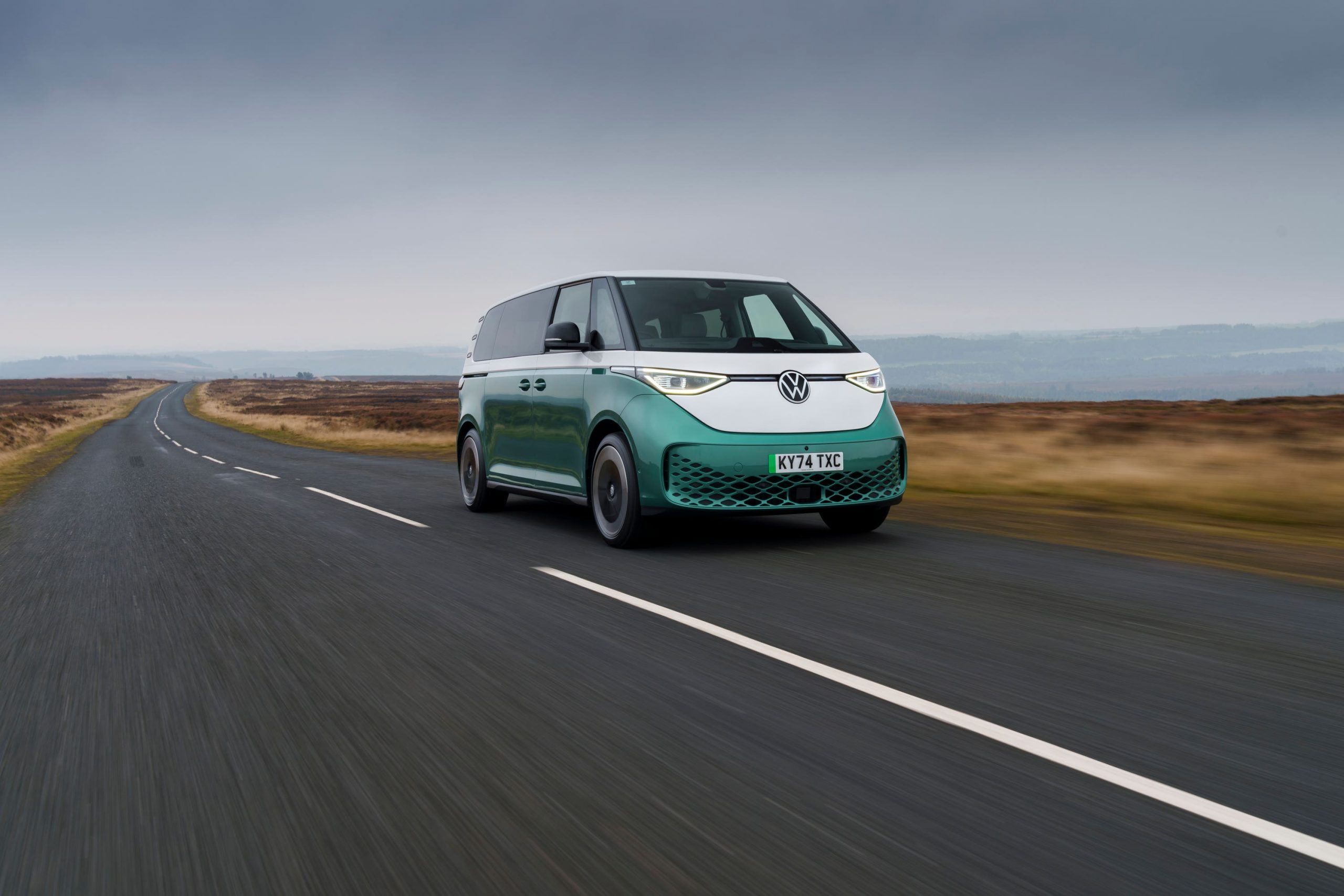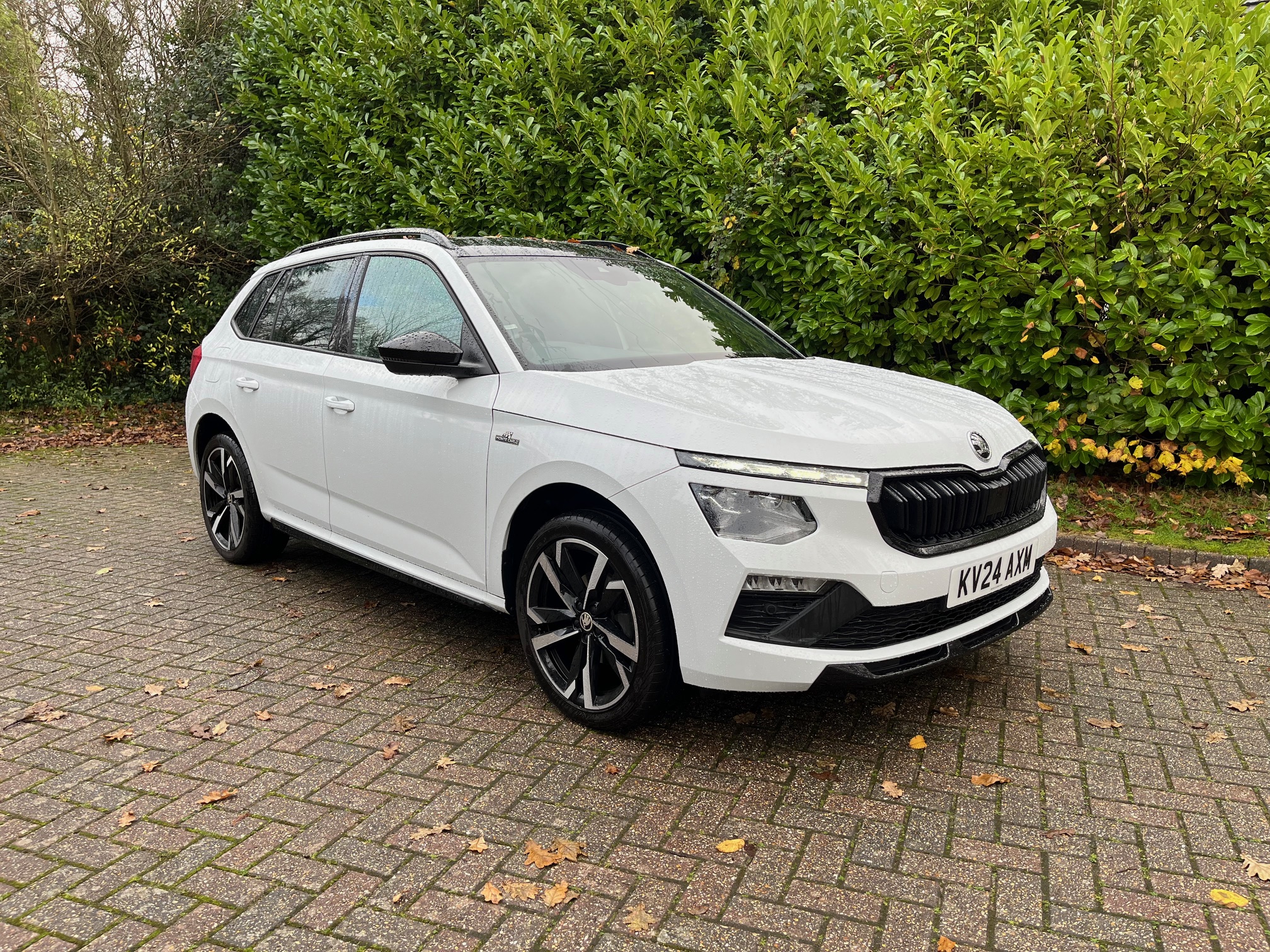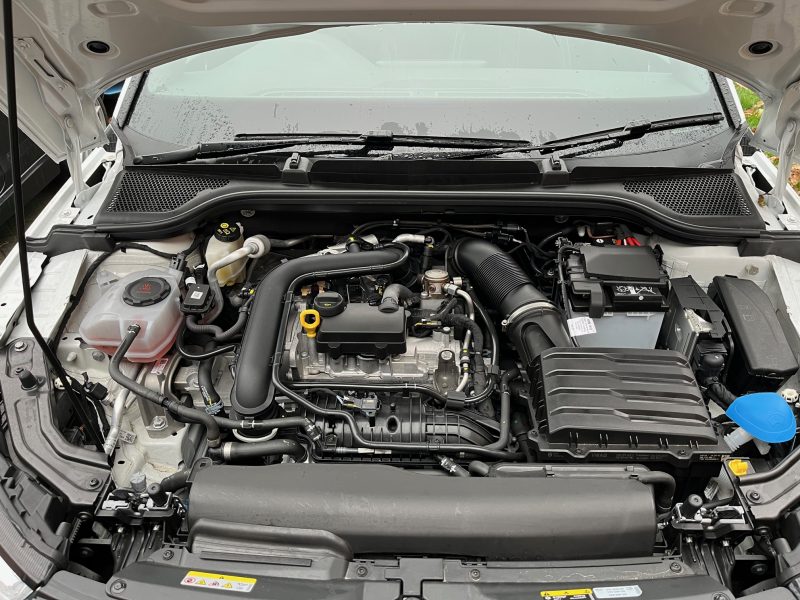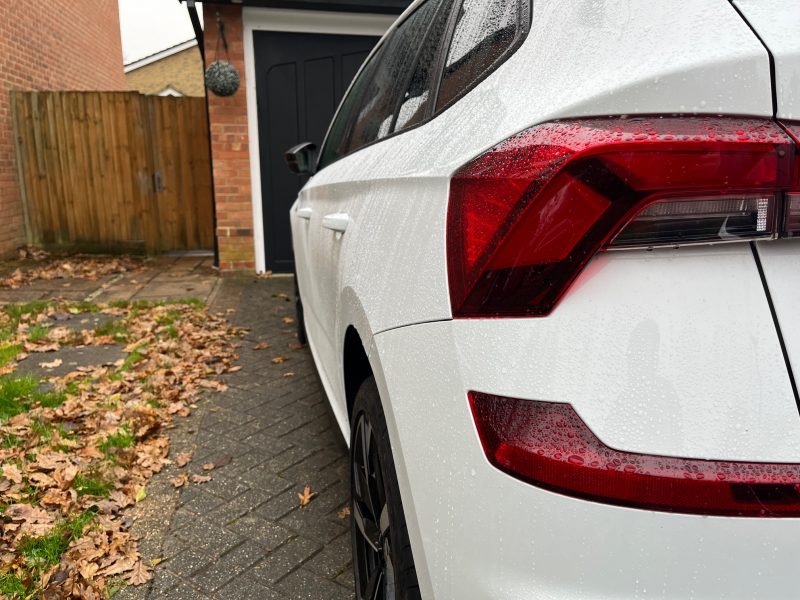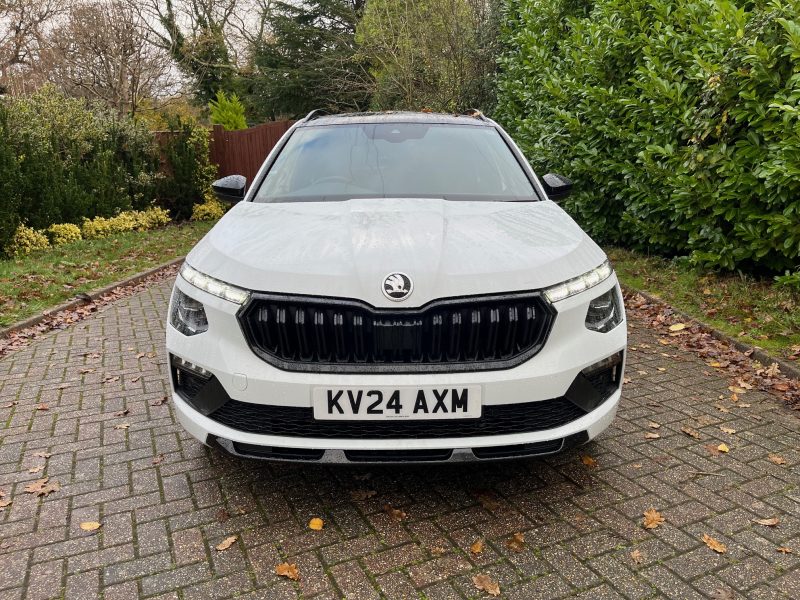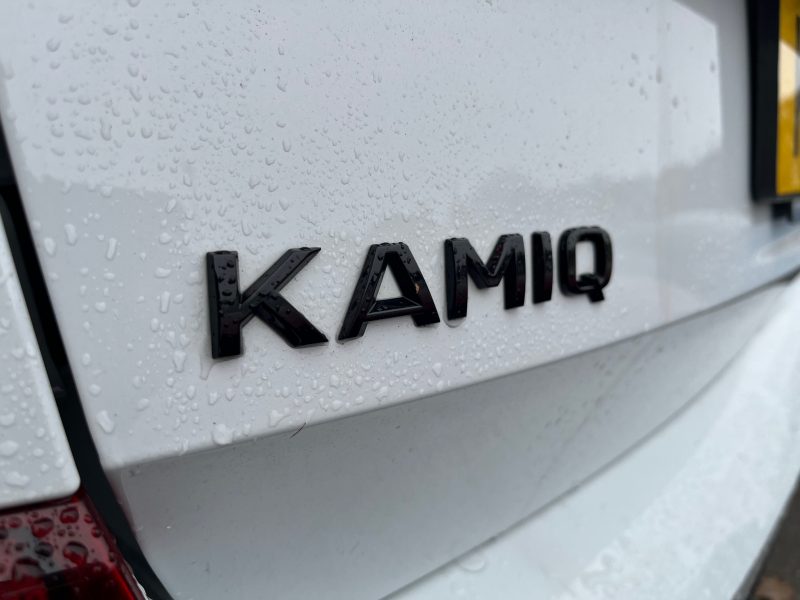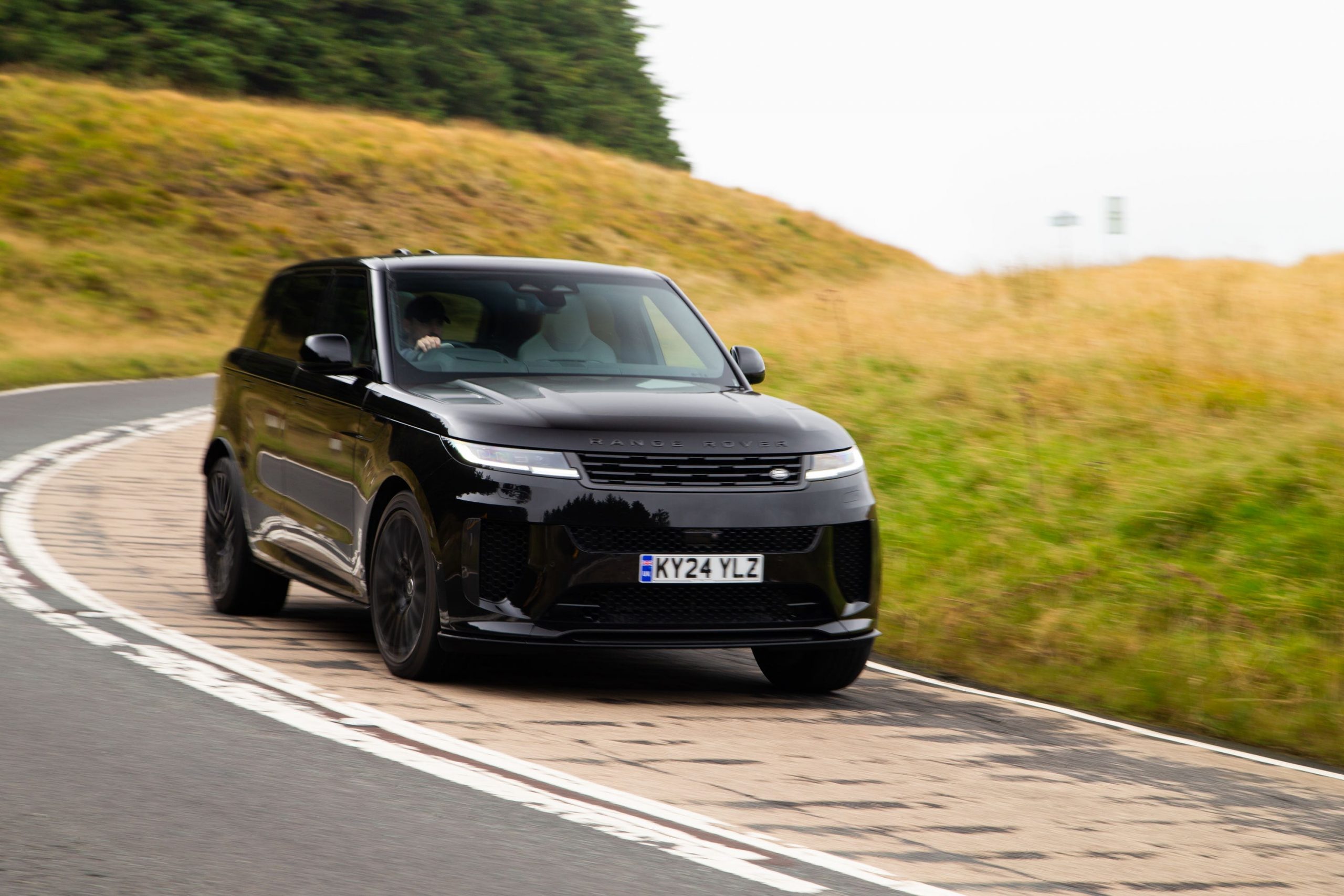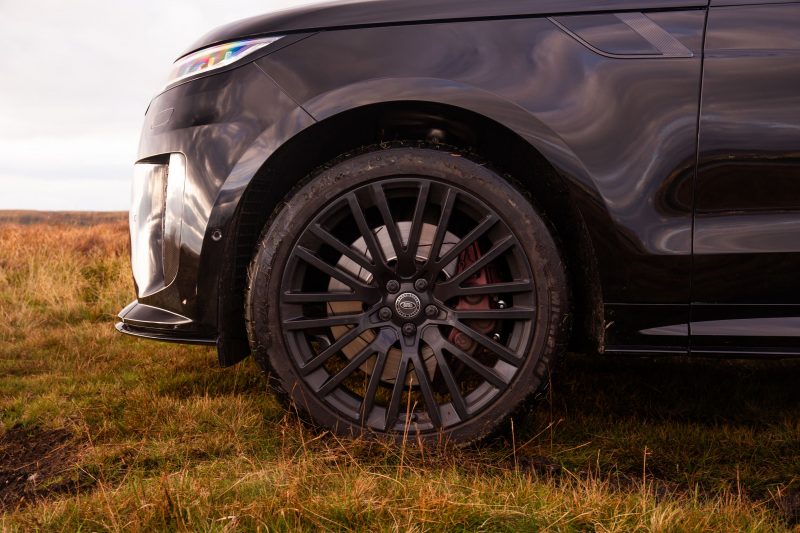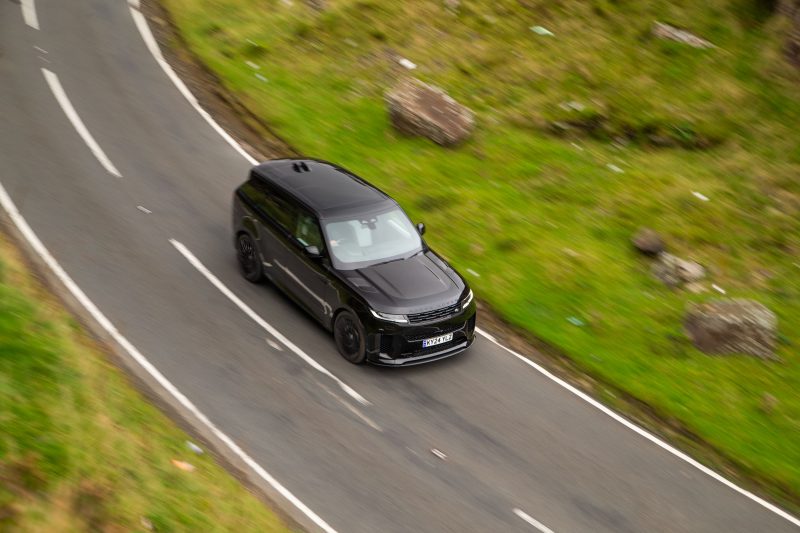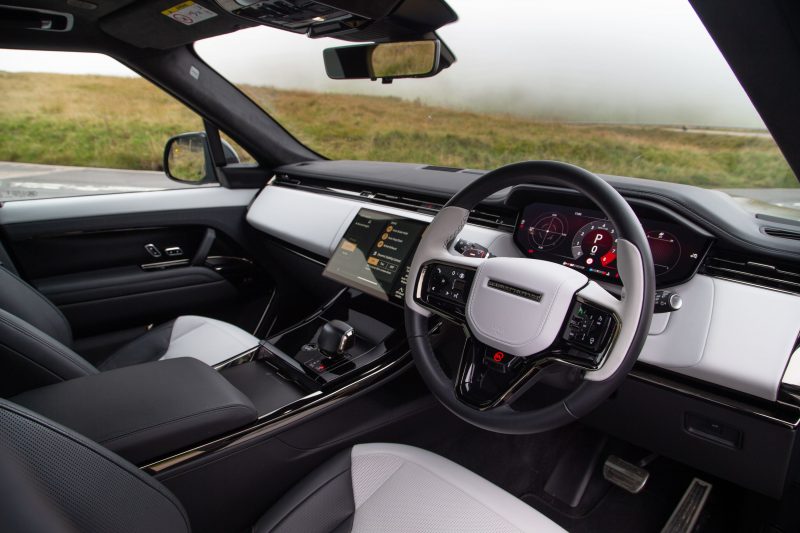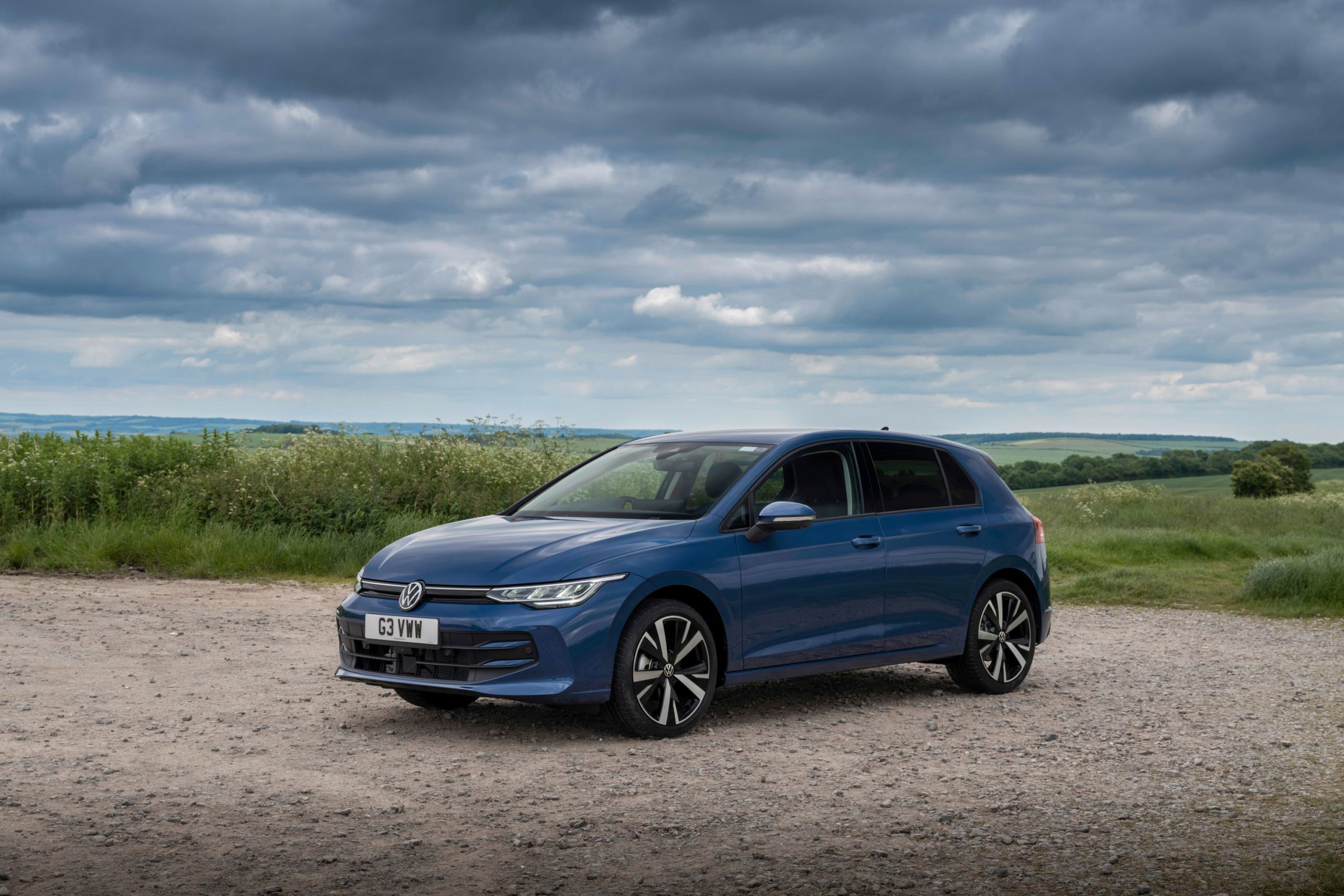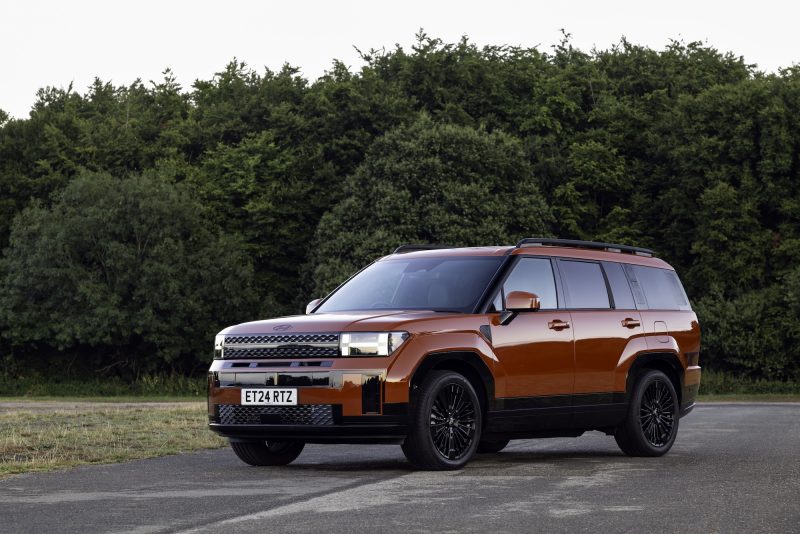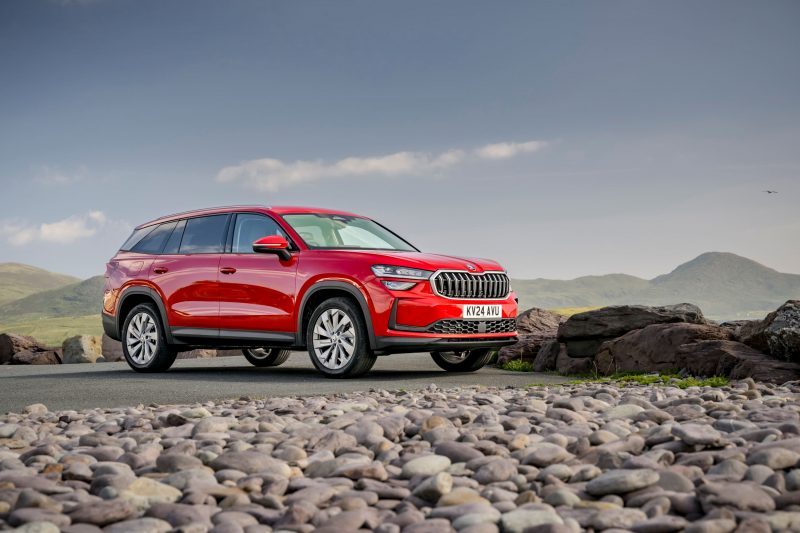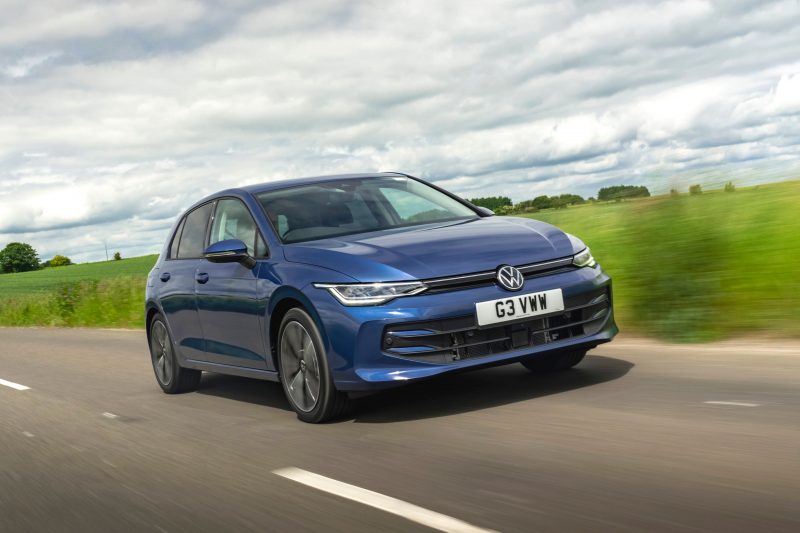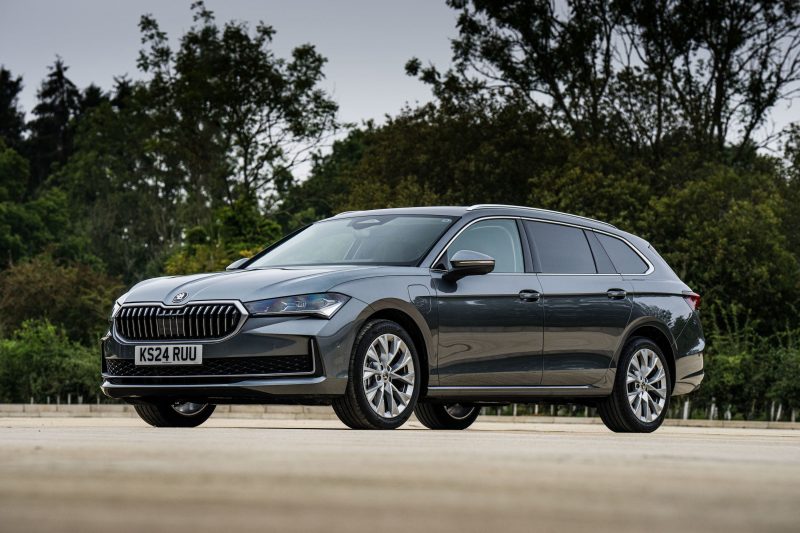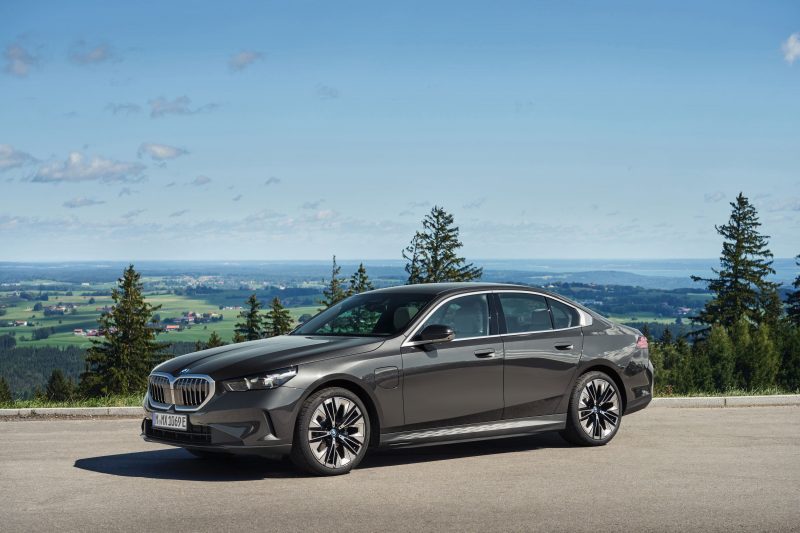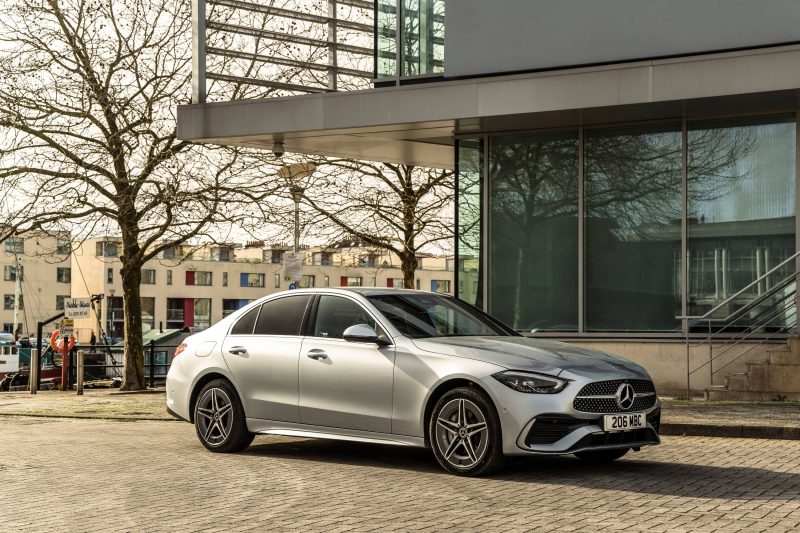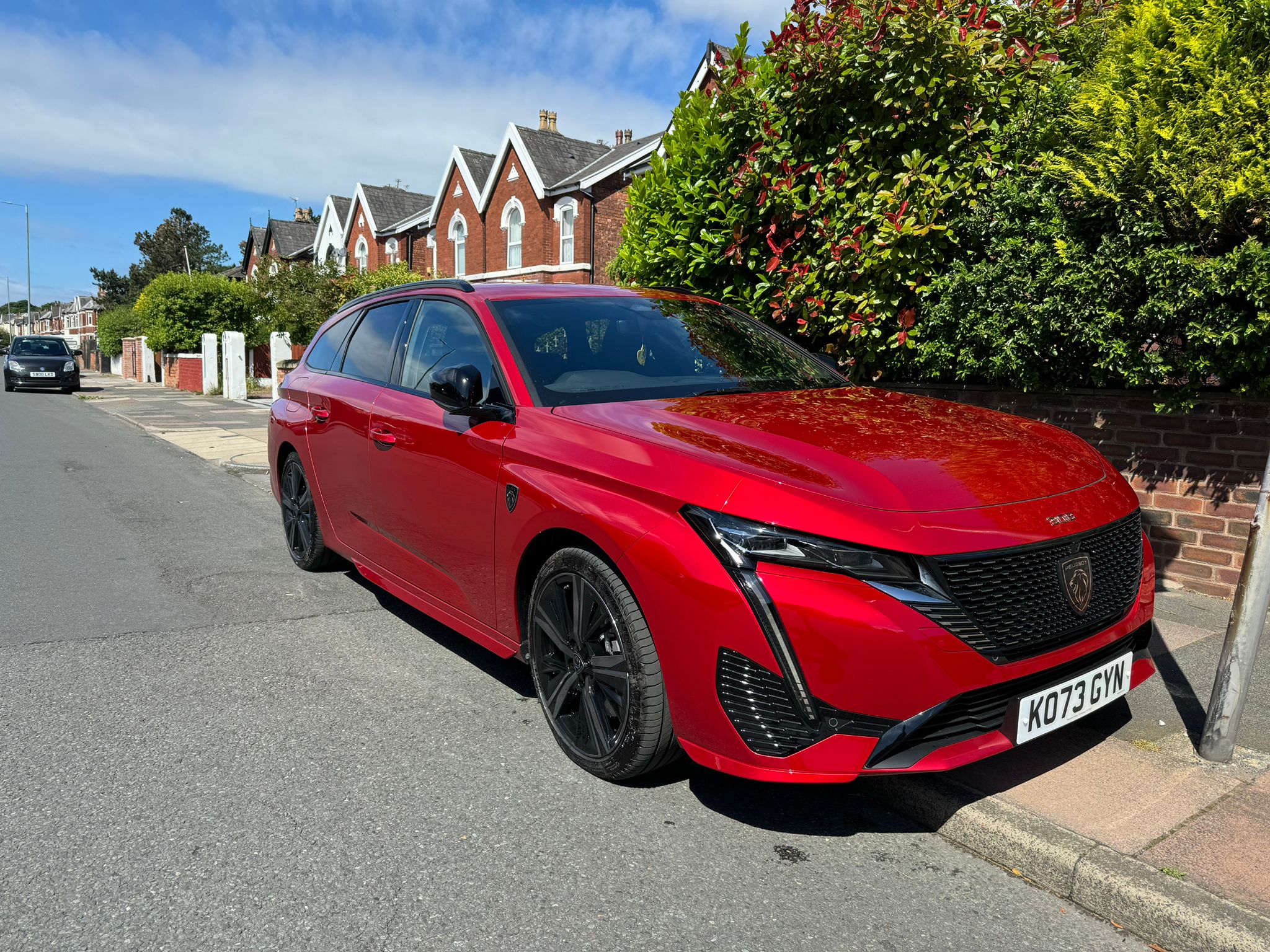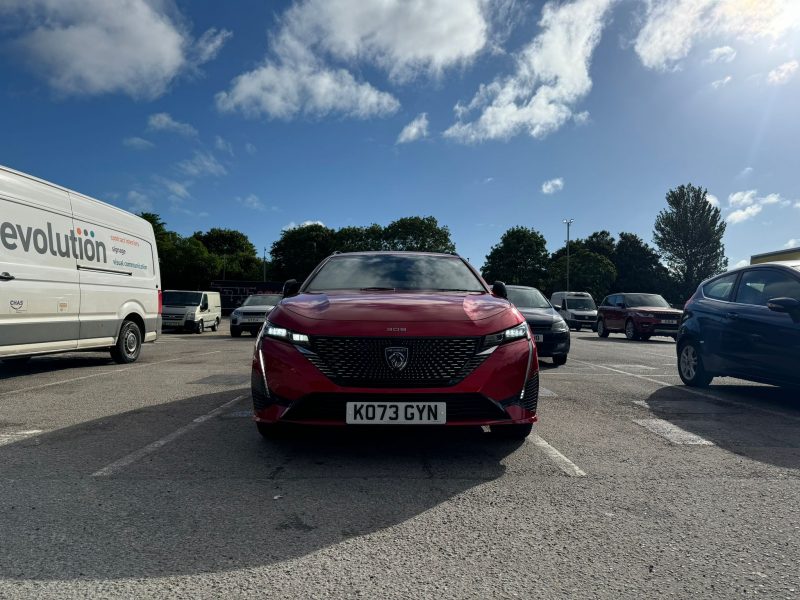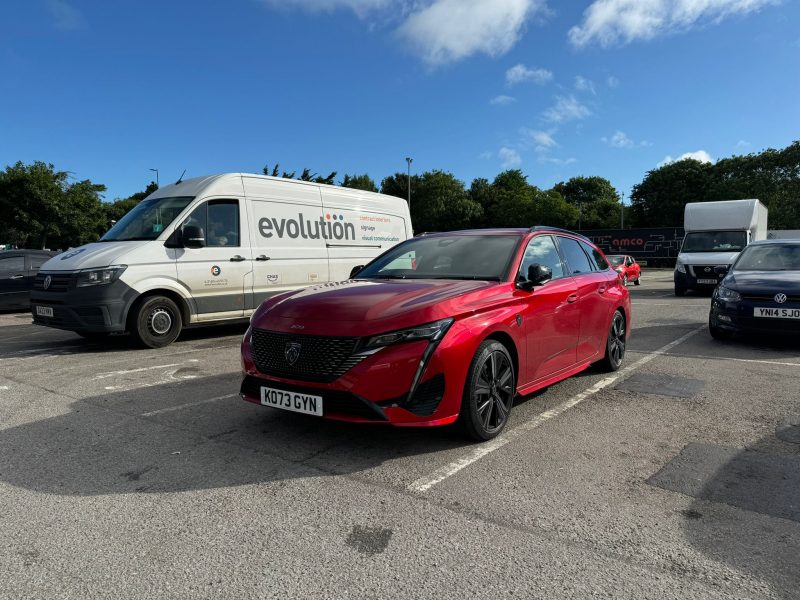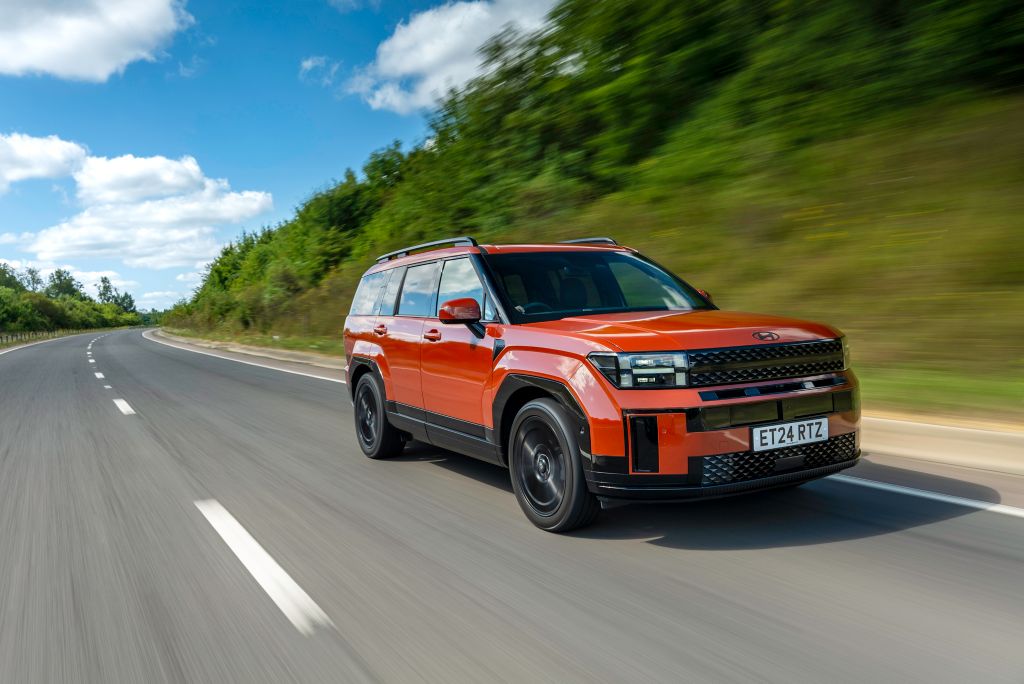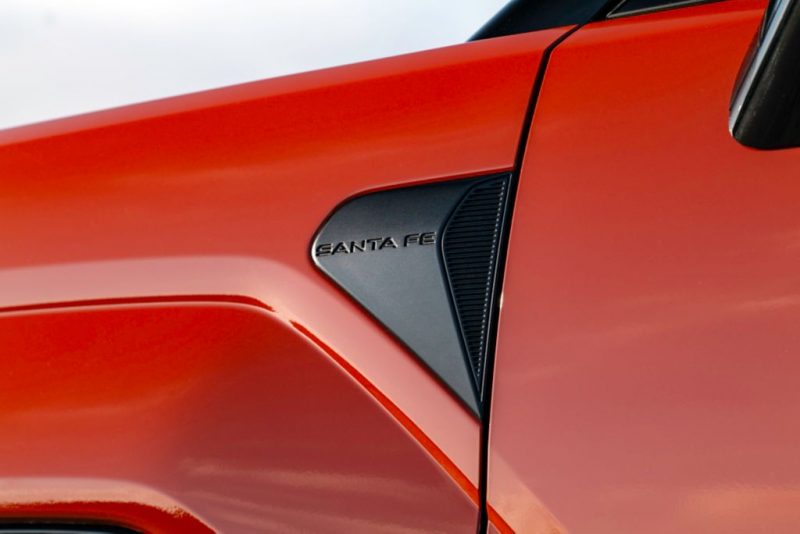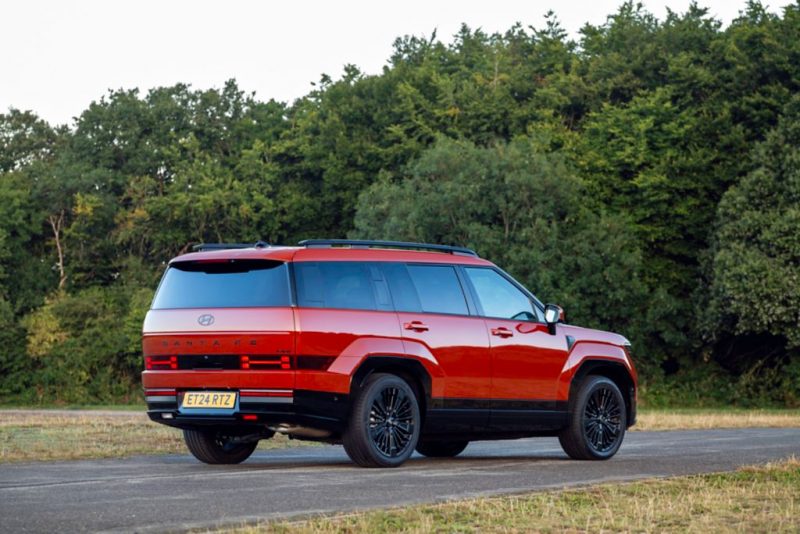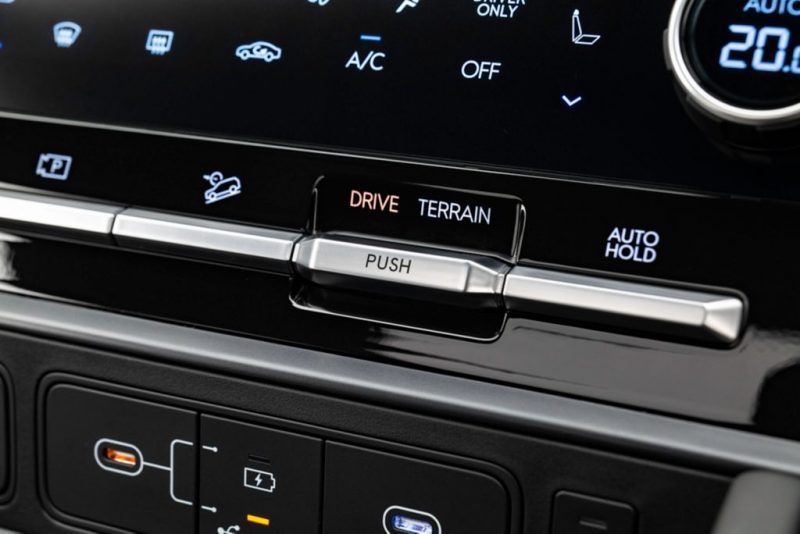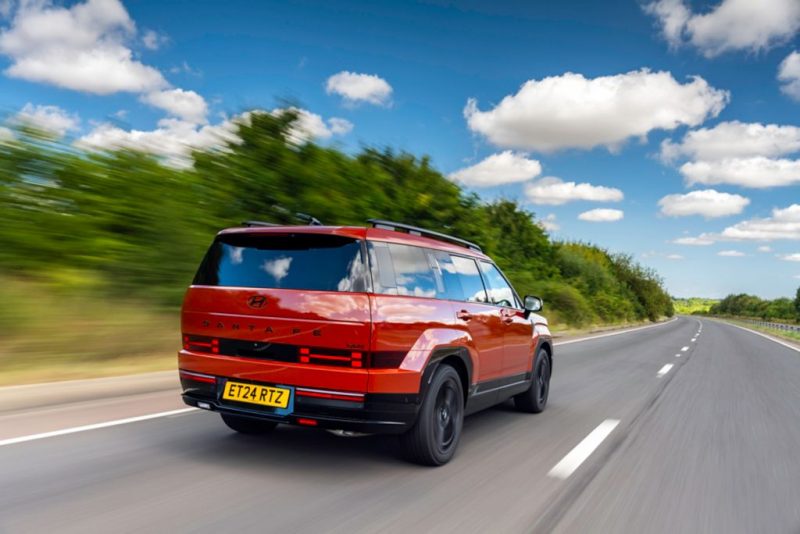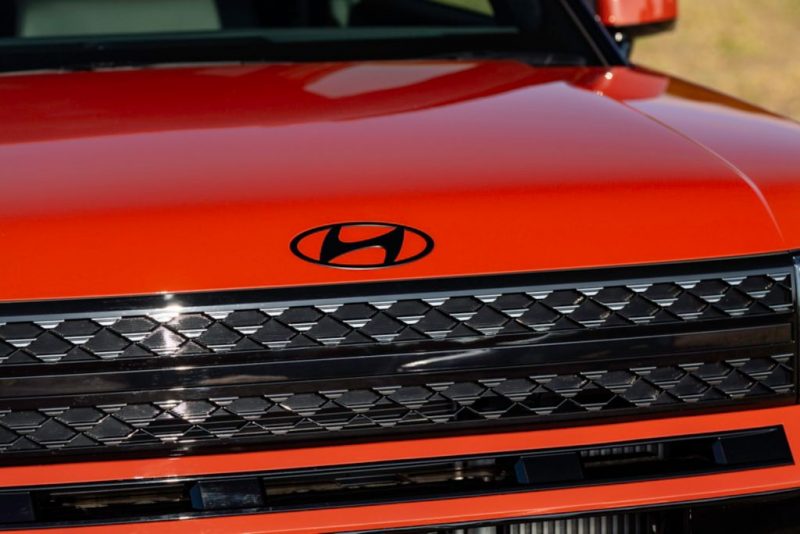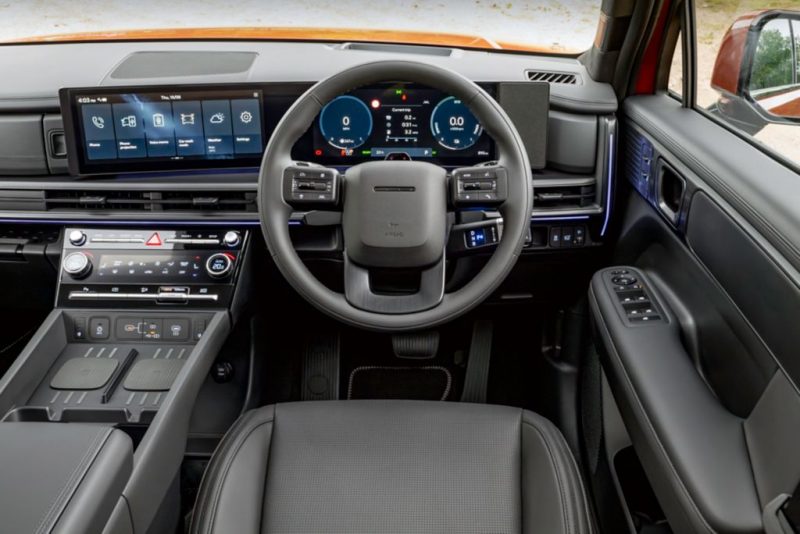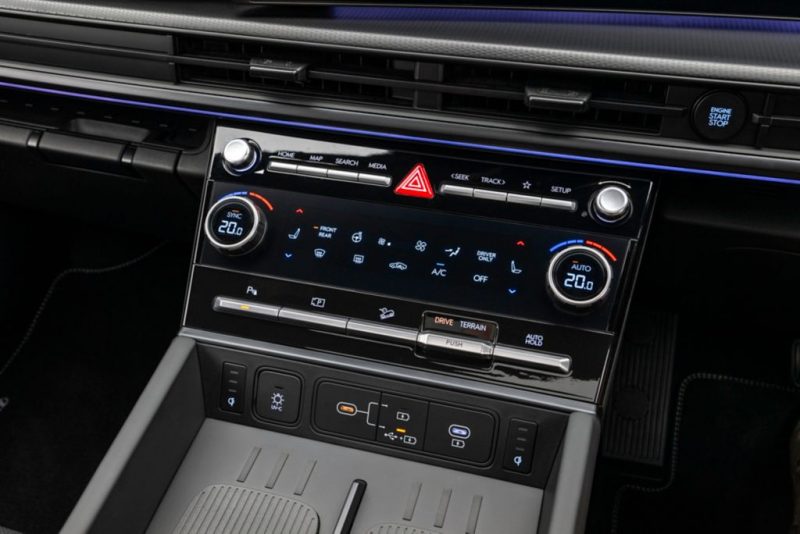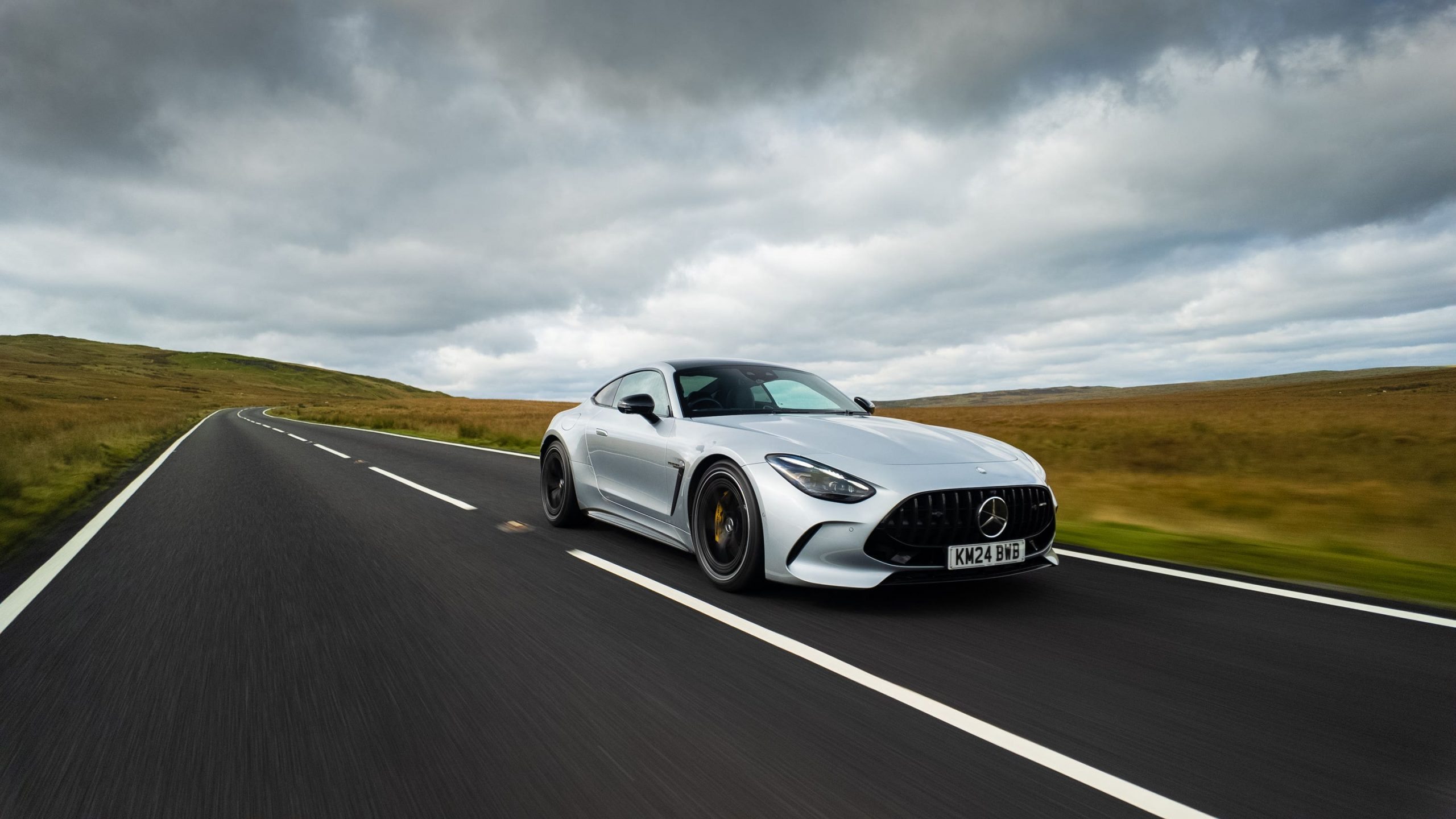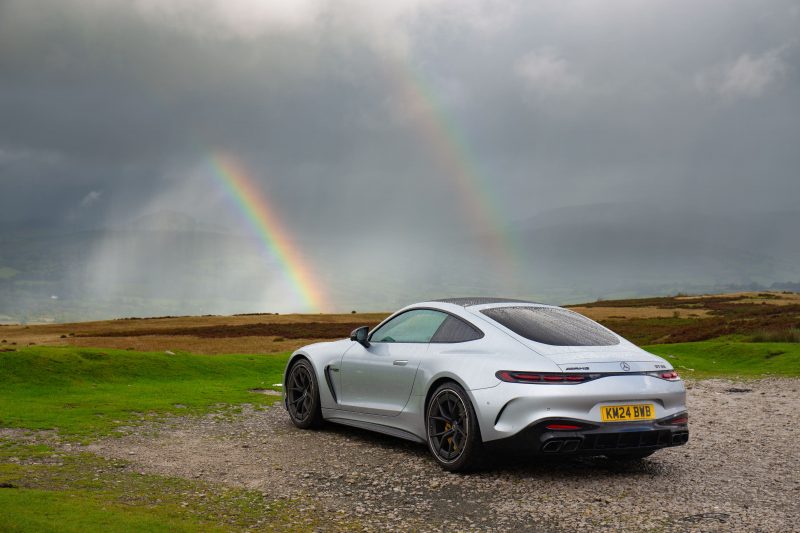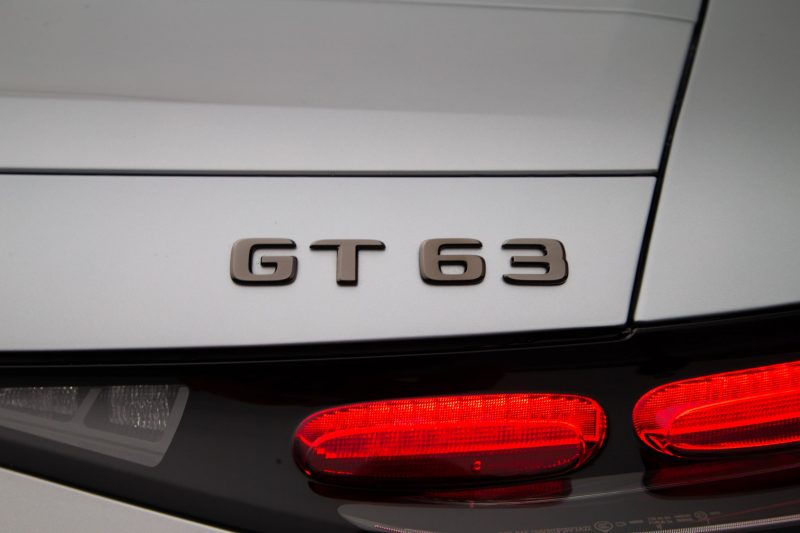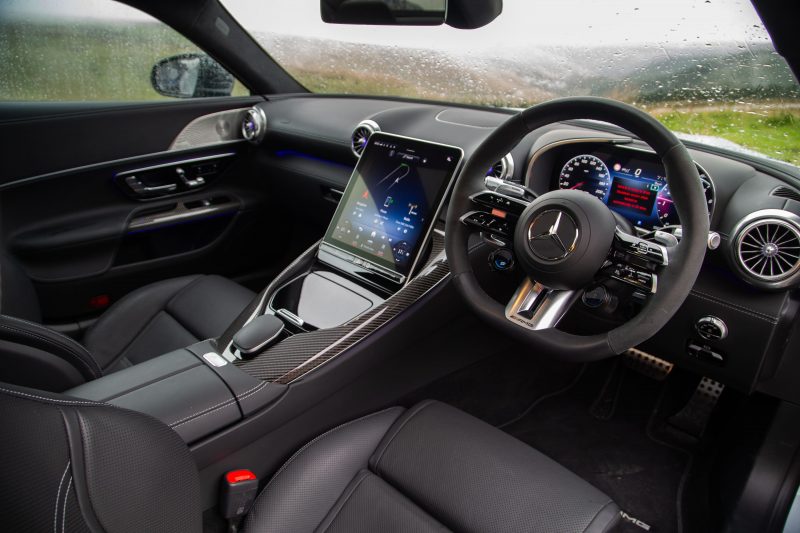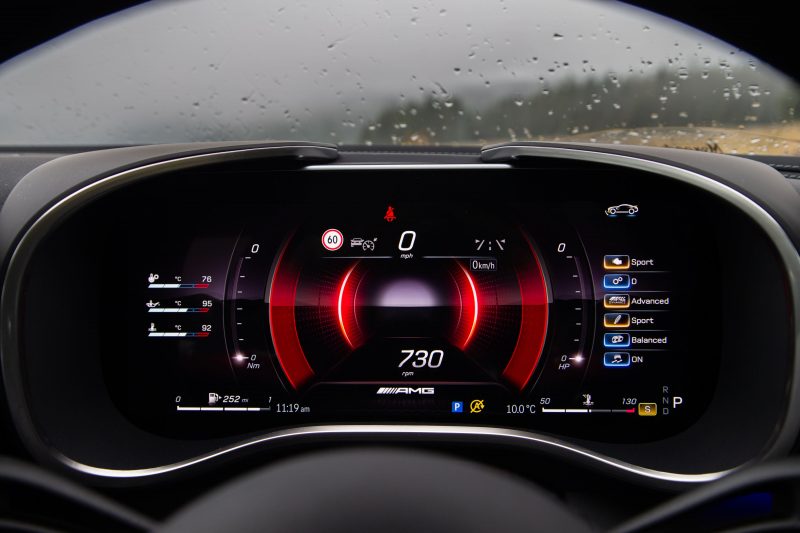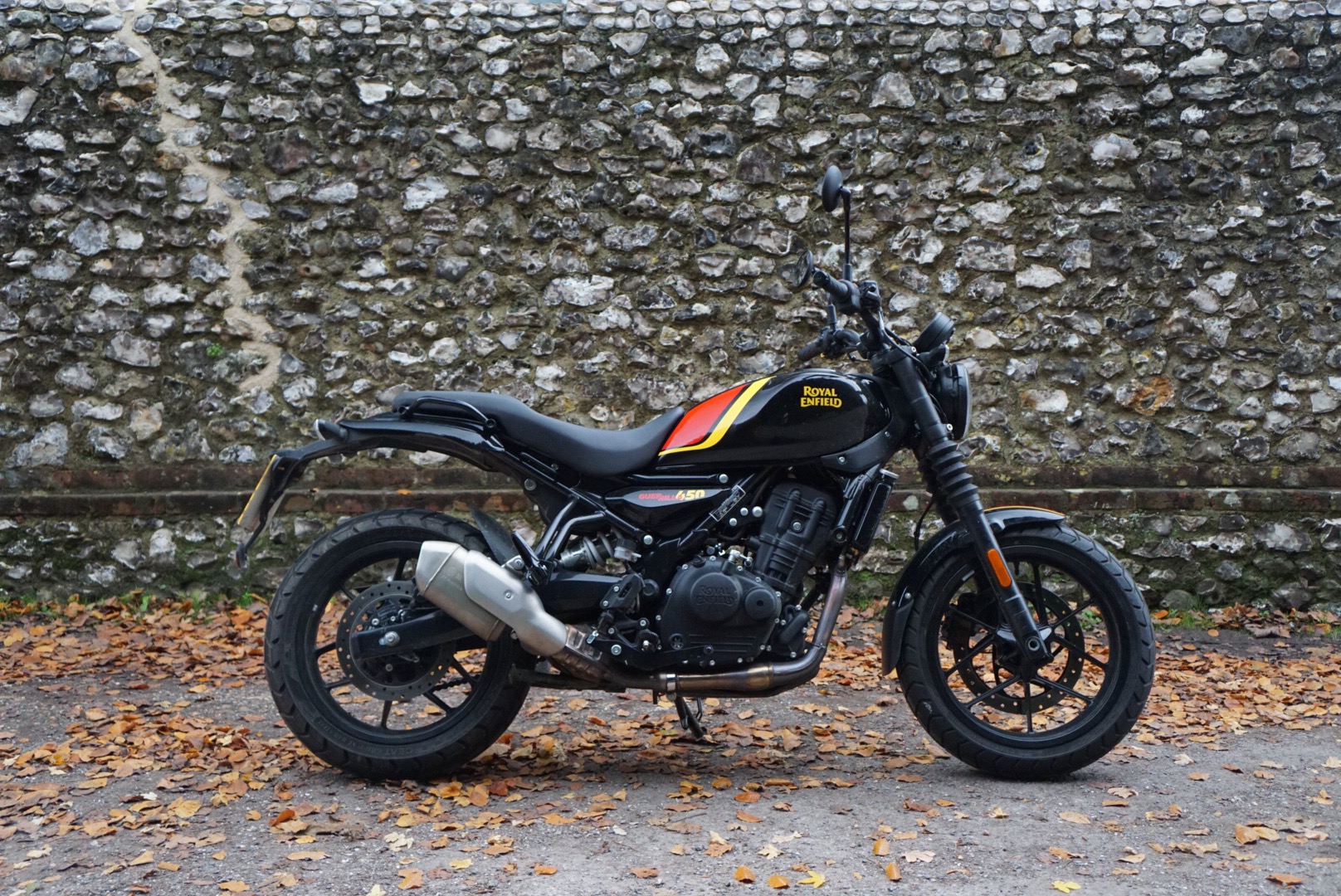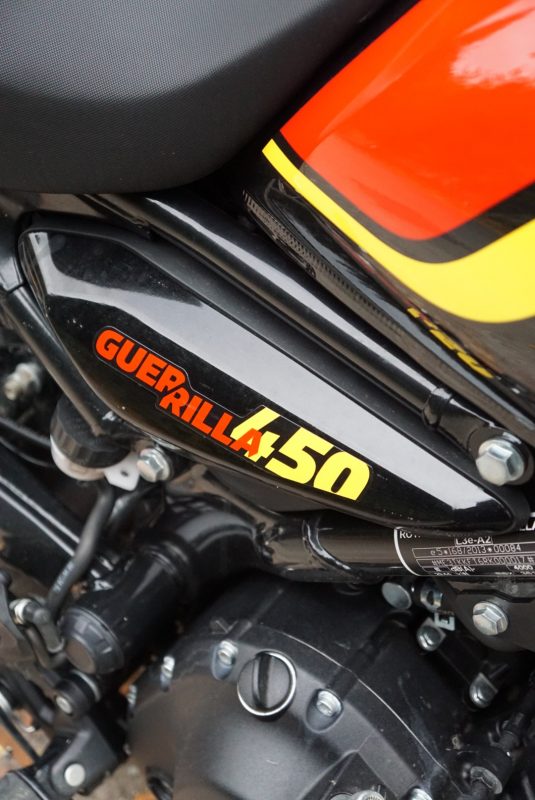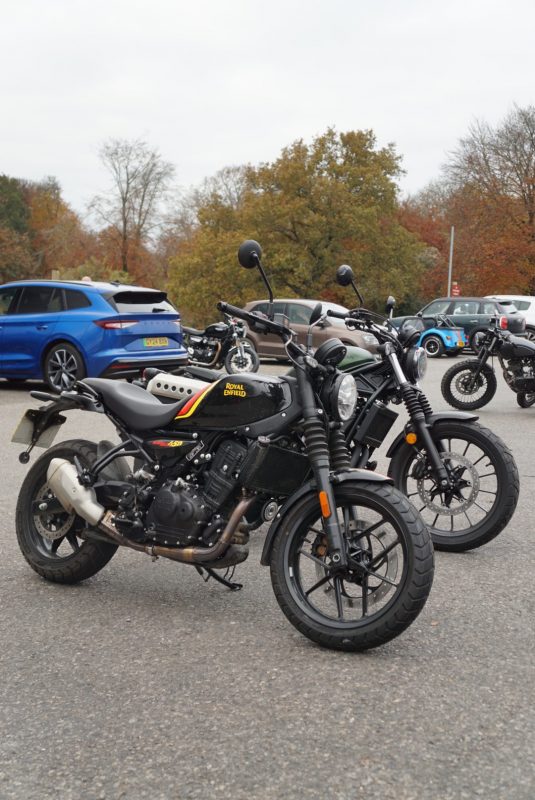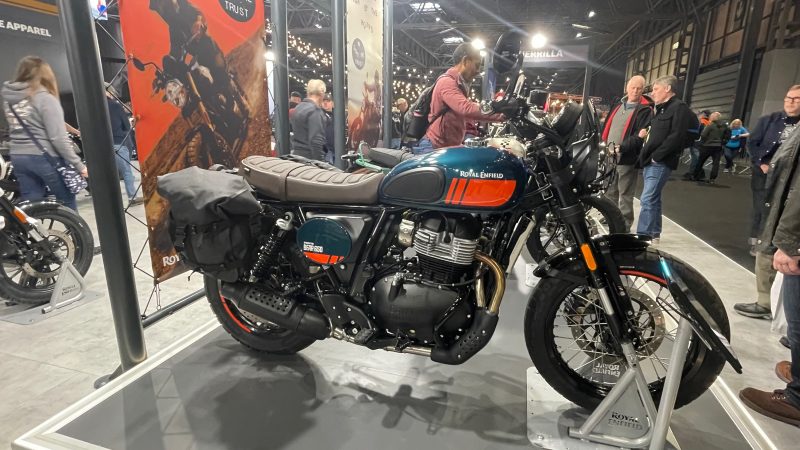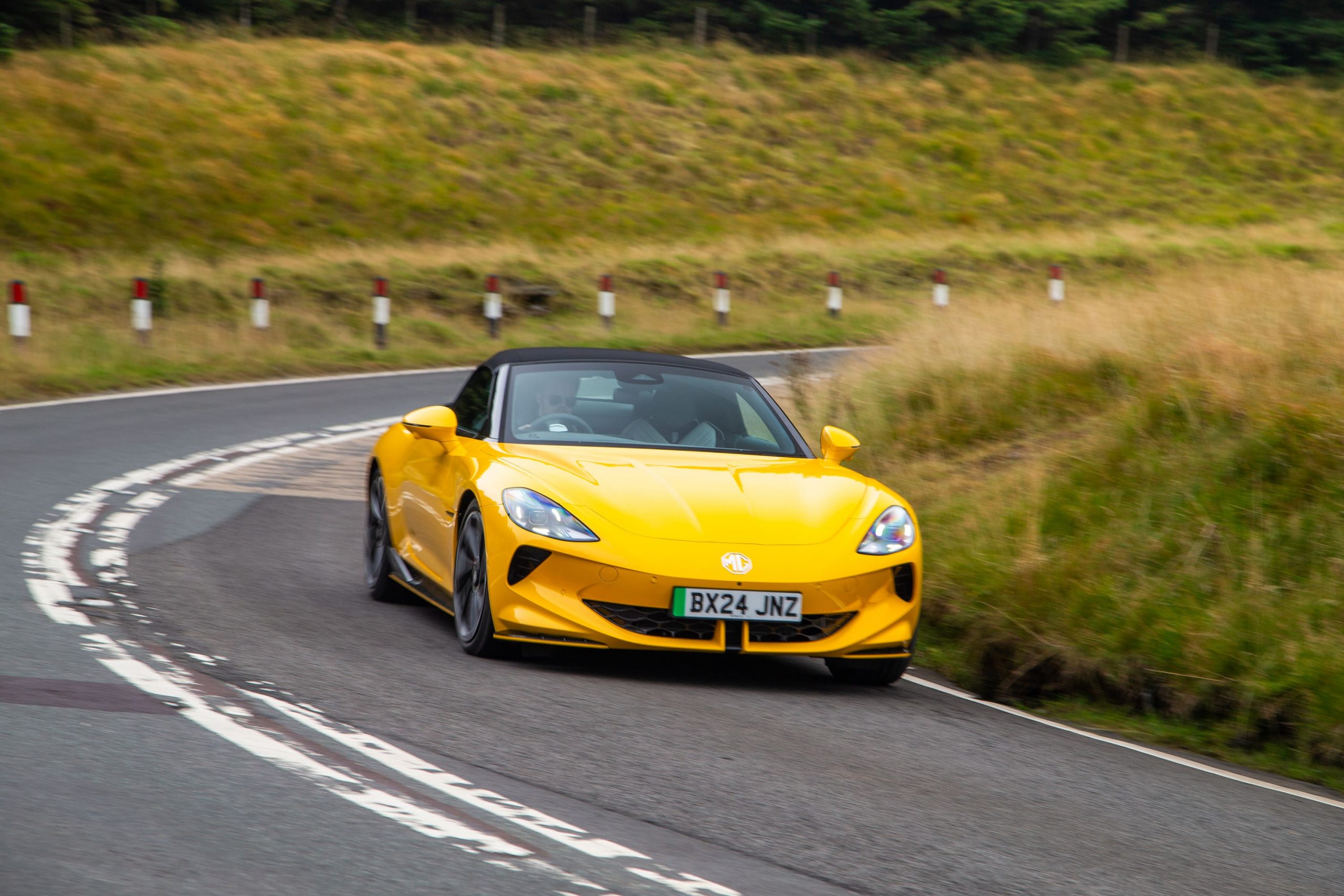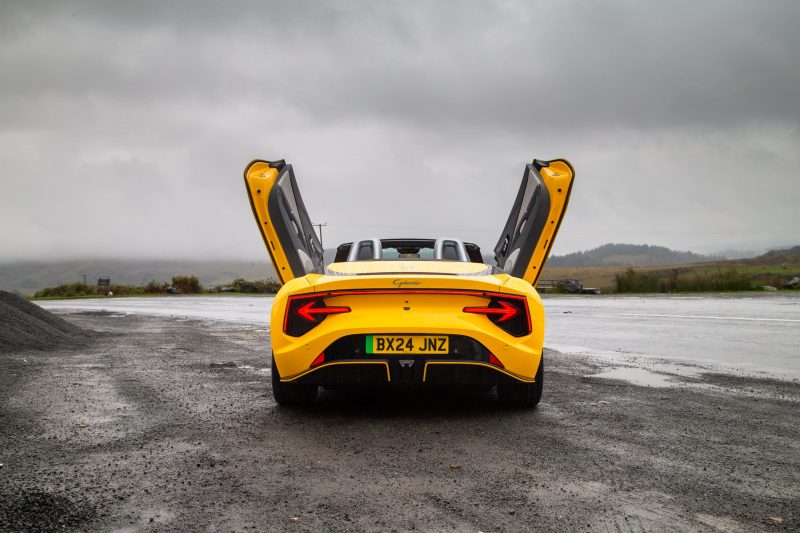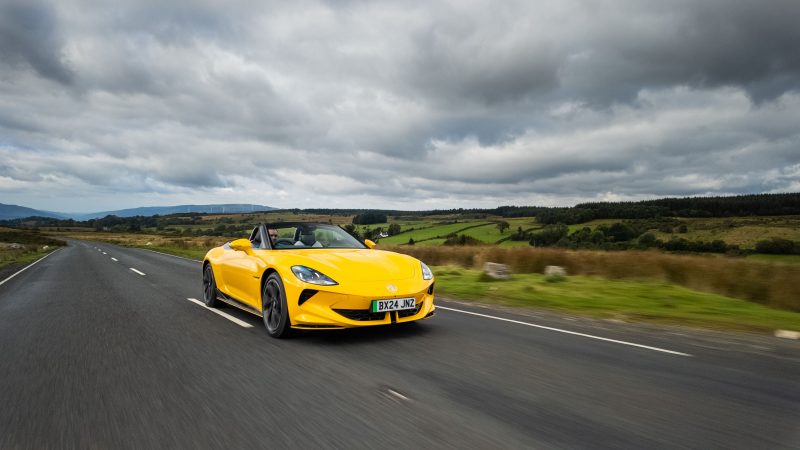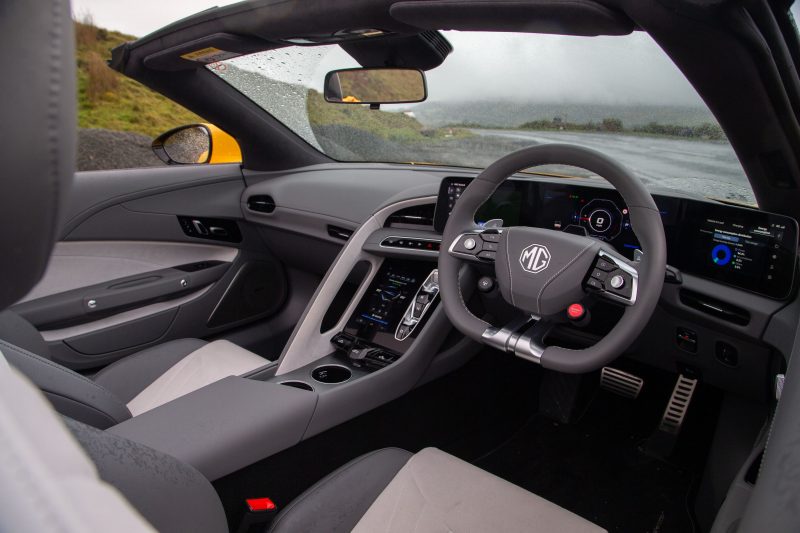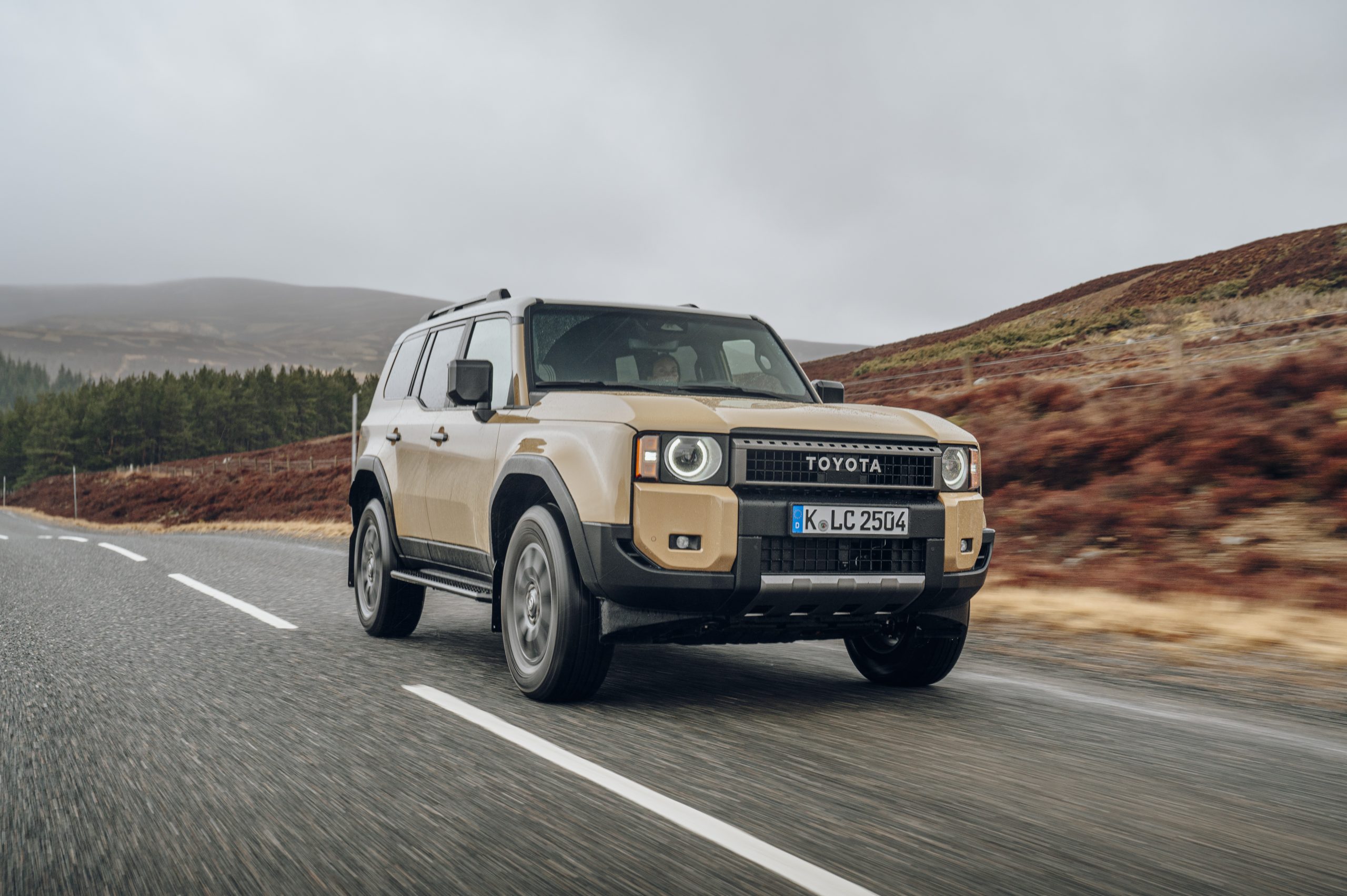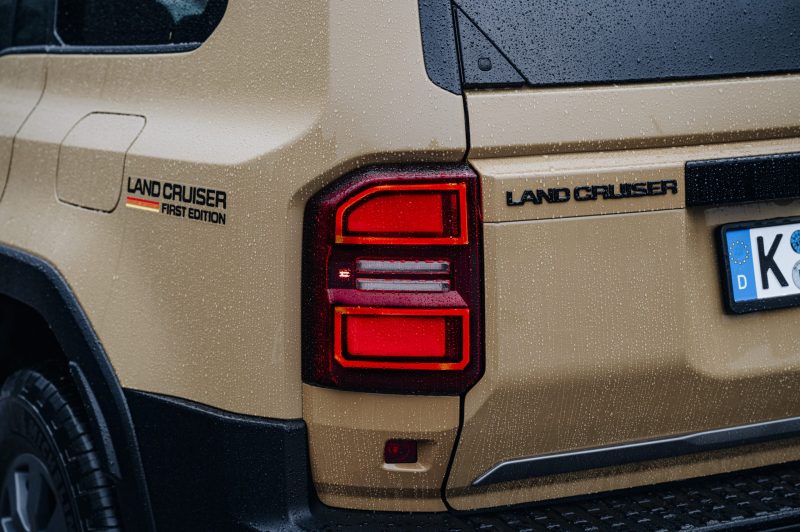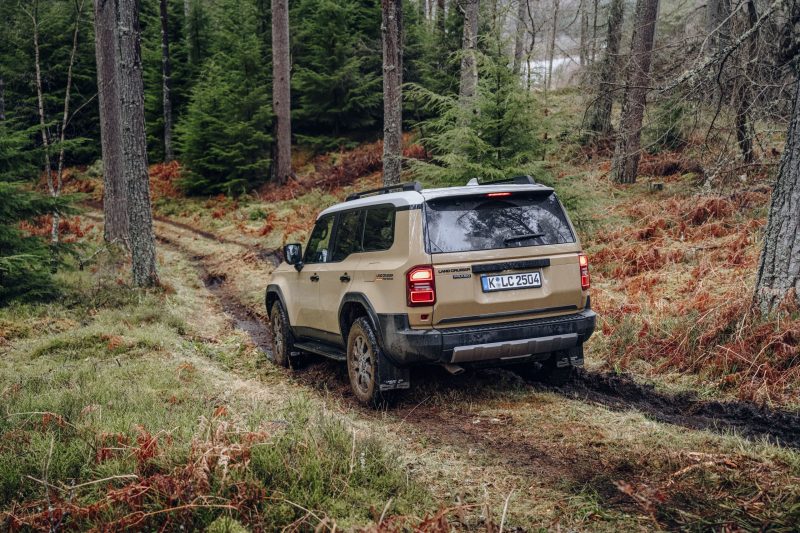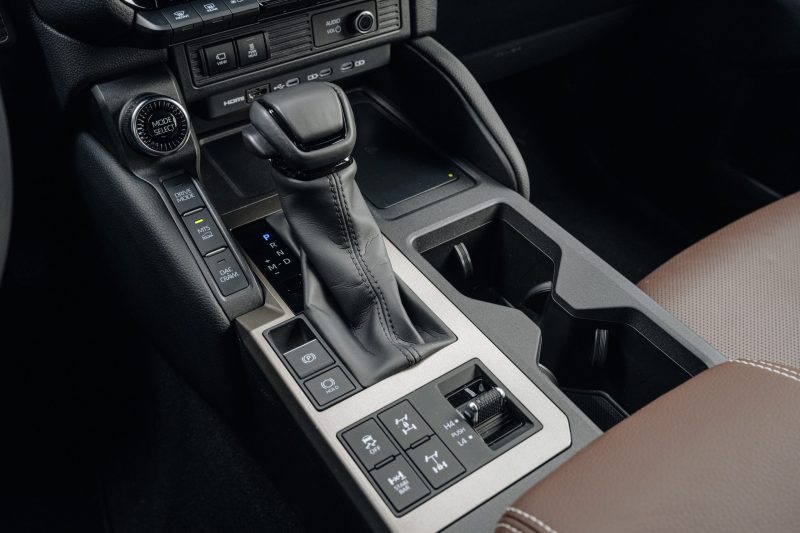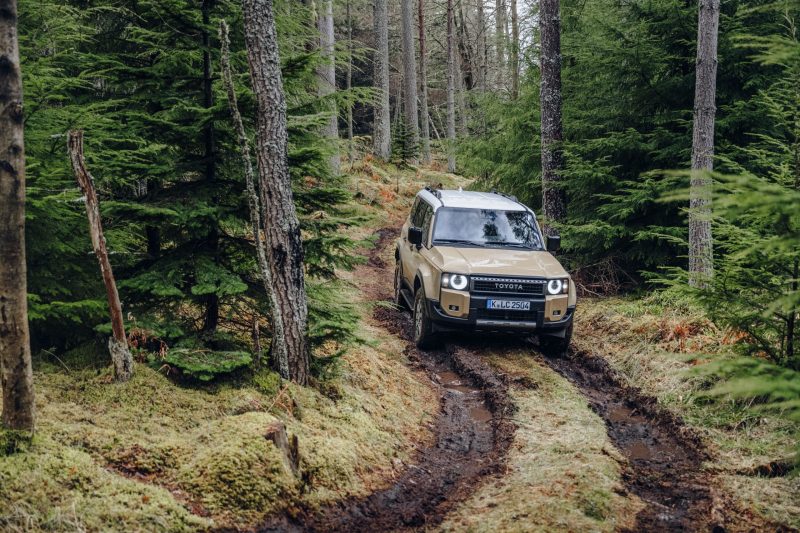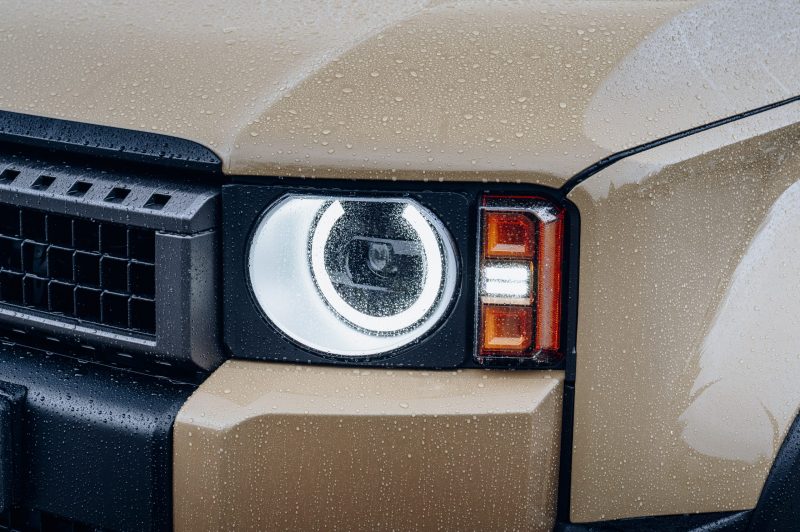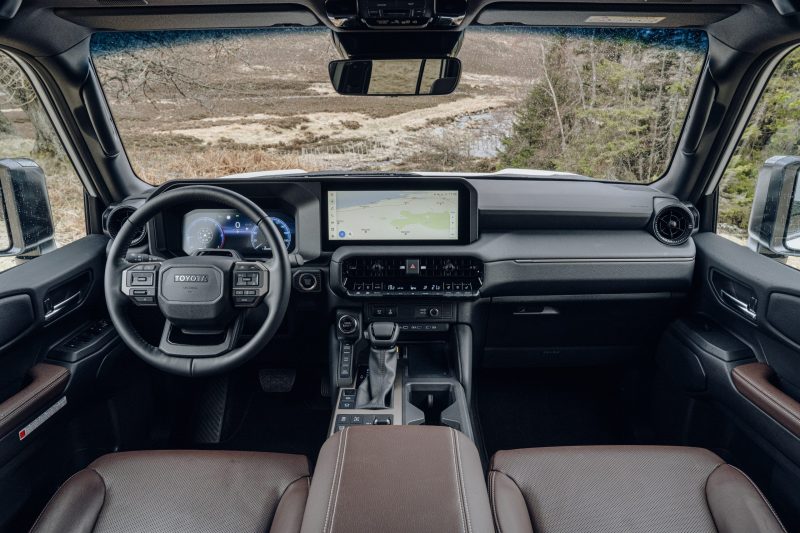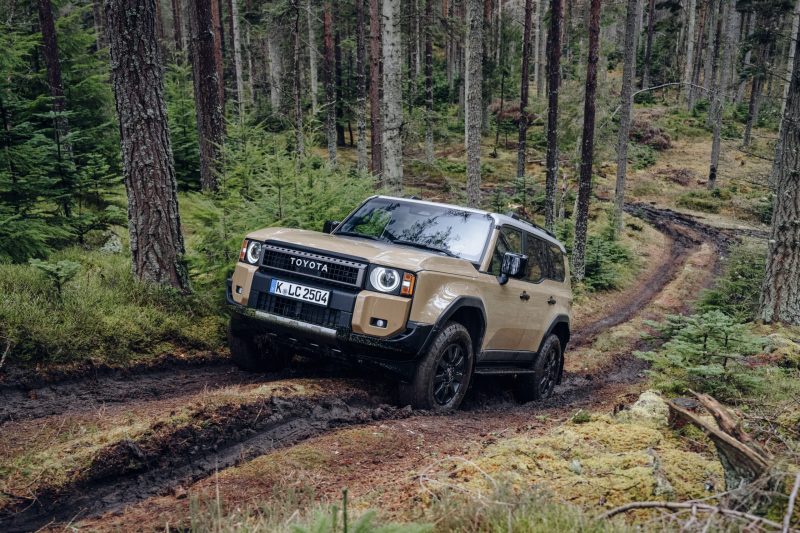The ID.Buzz has gained an even more spacious variant, but is it any good? Jack Evans finds out.
What is it?
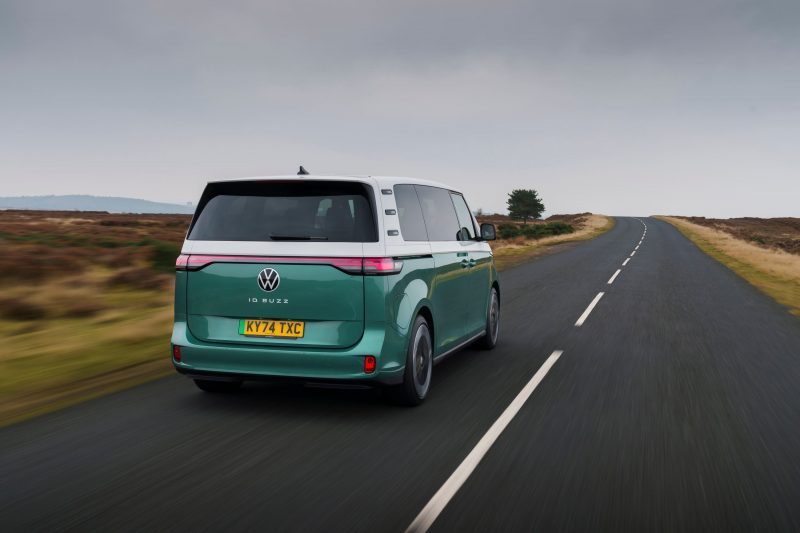
The Volkswagen ID.Buzz has been the car to blend classic and modern van worlds. From the outside, it has all the eye-catching design hallmarks of the classic Volkswagen ‘bus’ yet underneath, it has a cutting-edge electric powertrain. Sitting as one of the most practical options within VW’s ‘ID’ range of EVs, it’s also there for those drivers who need a little extra space from their battery-powered vehicles.
But what if you need a little extra roominess? That’s where this model – the ID.Buzz Long wheelbase, or LWB for short – comes in. It’s got space for a seven and just a little more space than the already-spacious regular van. We’ve been trying it out.
What’s new?
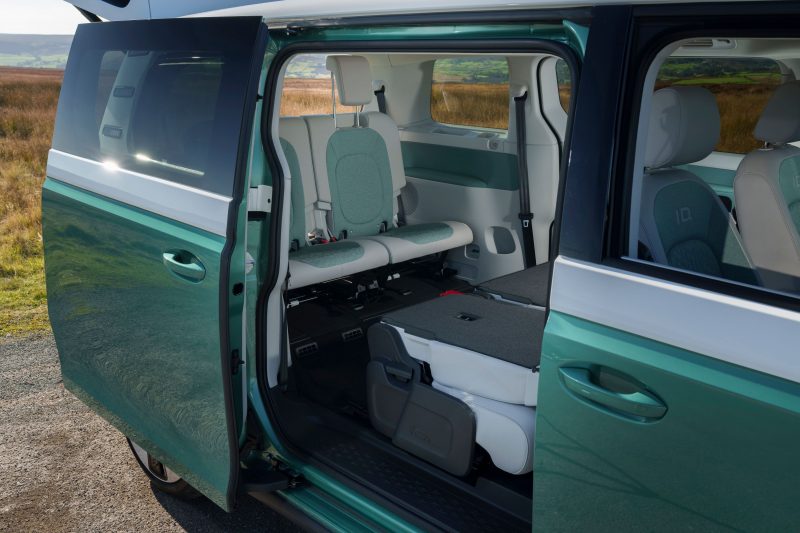
The ID.Buzz sits on Volkswagen’s MEB platform, which is the same one that you’ll find underpinning some of the brand’s other electric vehicles. The theory is that with it, you’ll get a more car-like driving experience from this tall, boxy van while still getting all of the practicality inside that you could need.
It’s also a flexible platform, so it can be used on different-sized vehicles, from the ID.3 right the way through to this large, practical van. Or, if you need some extra space, it can be extended to provide room for seven seats – as is the case with this long-wheelbase version.
What’s under the bonnet?
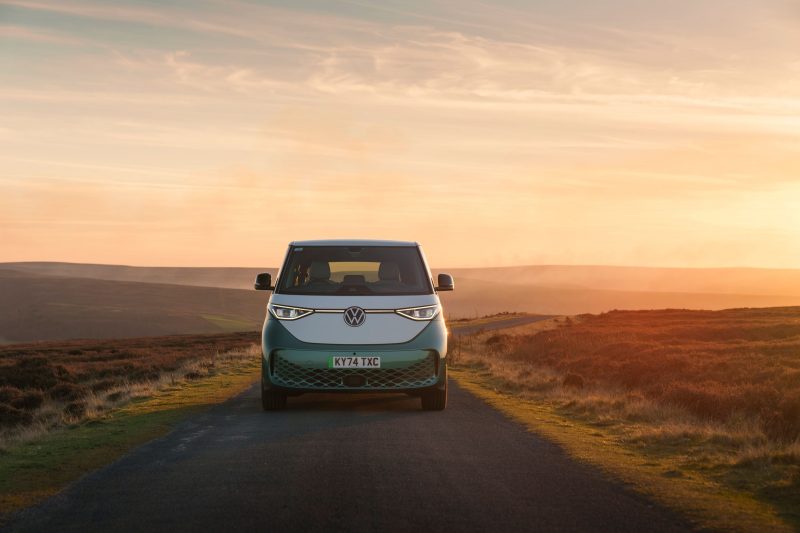
The Buzz that we’re driving utilises a single motor mounted to the rear wheels – you can also get a dual-motor GTX for added performance – which generates a decent 282bhp and 560Nm of torque. As a result, you should get this big bus from 0-60mph in 7.7 seconds and onwards to a top speed of 99mph, which puts it among some of the sprightlier cars in this area.
In terms of range, the ID.Buzz’s 86kWh battery should, according to Volkswagen, deliver up to 286 miles from a single charge. A maximum charge rate of 200kW also means that you could get from five to 80 per cent in 30 minutes when you’re hooked up to a suitably rapid charging unit.
What’s it like to drive?

The ID.Buzz has some of those classic van-like touches that you’d expect to find given its size and shape. You sit reasonably high with a big dashboard out ahead of you, while the steering is quite light which makes it quite agile, even at slower speeds. But the acceleration you get in this model is hardly van-like at all and, in fact, can be quite surprisingly quick when you first step on the throttle in earnest.
The ride quality is good, too, and when you’re cruising along the Buzz remains quiet, with only a small amount of wind noise coming from the upright windscreen and large wing mirrors. The only issue is that because of the Buzz’s square shape and large size, it can’t deliver the best efficiency, with its miles per kWh – an EV equivalent of miles per gallon – far behind rivals, though few are as large and as spacious as this model.
How does it look?
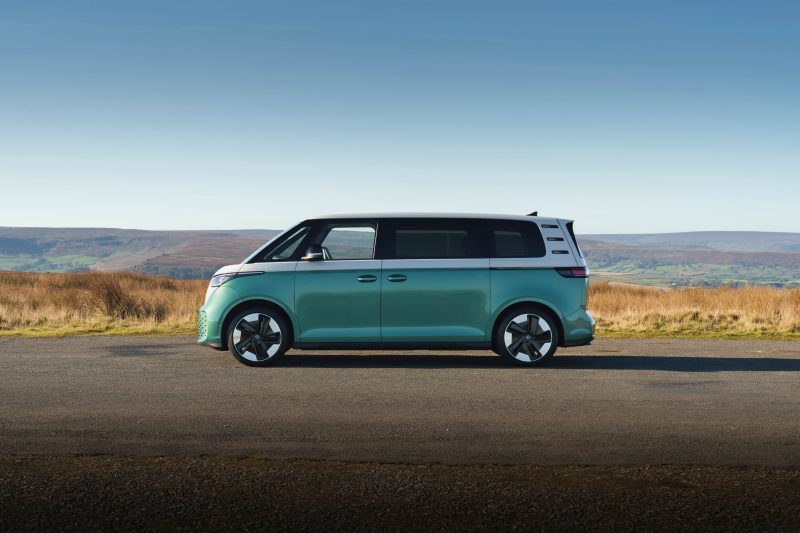
To our eyes at least, Volkswagen nailed the brief with the look of the ID.Buzz. It’s got some brilliantly retro hallmarks in there, from the split-colour design that’s available across the range to the large, prominent VW badge on the nose. Despite having been on our roads for a while now, the Buzz still has a design which turns heads.
It’s not easy to distinguish this long-wheelbase version from the rest of the range, either, despite a wheelbase increase of 250mm. It’s only when you park it against other ‘normal’ cars that you realise just how long of a vehicle it is overall – though it’s still easy to park thanks to its boxy design.
What’s it like inside?
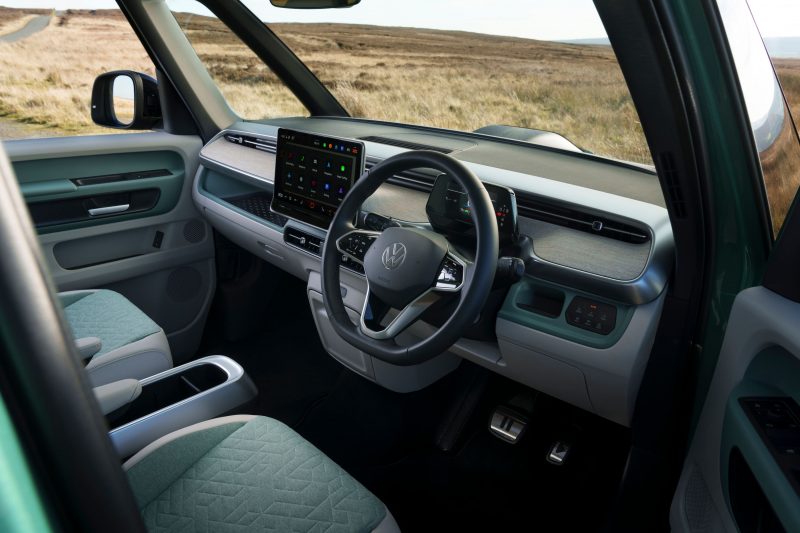
Of course, the big changes come inside. With this long wheelbase Buzz, you get three dedicated rows of seats and there’s space aplenty in each of them. Even those sitting in the rearmost chairs have a good deal of room to offer and there’s plenty of flexibility in terms of how you’re able to move and position each seat. In contrast to many seven-seater SUVs, there’s still plenty of boot space even with all seven people aboard – 306 litres, in fact. Fold the third and second rows flat and this can be expanded to a truly van-like 2,469 litres.
The Buzz is dotted with loads of other great features, too. There are USB-C charging points practically everywhere – so there should be no arguments about who gets to charge their devices – and you can even remove the central storage cubby between the front seats to make getting to the middle of the vehicle a bit easier when you’re parked up.
What’s the spec like?
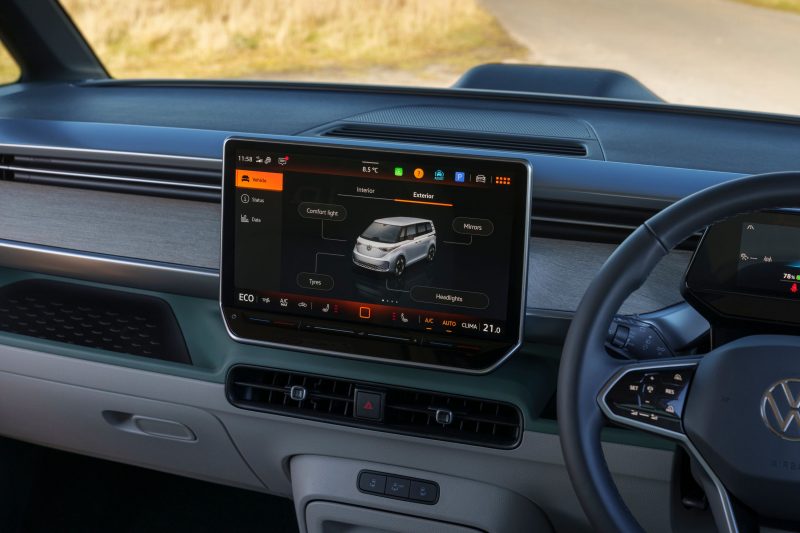
You’ll pay £59,035 for a standard five-seater ID.Buzz and this only rises slightly to £59,545 for the seven-seater version, so there’s not much of a premium on this more spacious version. Our test Buzz, finished in higher-spec Style grade and equipped with a smattering of options pushed the cost up to £71,615 – which started to feel a little expensive, that’s for sure.
But on base ID.Buzz seven-seaters you still get more than enough equipment as standard, including 19-inch alloy wheels, a 12.9-inch colour touchscreen and both Apple CarPlay and Android Auto smartphone integration systems. So unless you’re desperate for more toys – like upgraded headlights and 20-inch alloy wheels – the standard specification should provide more than enough equipment while helping to keep the price down.
Verdict
Having a seven-seater version of the ID.Buzz with more space and practicality can only be a good thing. The good news is that it’s just as easy to drive as the regular model and while its electric efficiency isn’t the best, it delivers in pretty much every other area. It’s good looking and, providing you go easy with the specifications, brings quite a lot of vehicle for the money.
It was always odd that the Buzz wasn’t launched with a seven-seater option but now, given the tiny increase over the standard model, opting for this version seems like a no-brainer.
Facts at a glance
- Model as tested: Volkswagen ID.Buzz LWB
- Price: £71,615
- Engine: Single electric motor
- Power: 282bhp
- Torque: 560Nm
- Max speed: 99mph
- 0-60mph: 7.7 seconds
- MPG: NA
- Emissions: 0g/km
- Range: 286
- Maximum charging speed: 200kW

